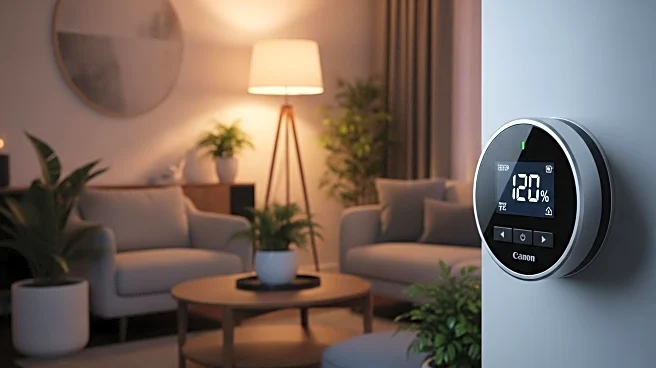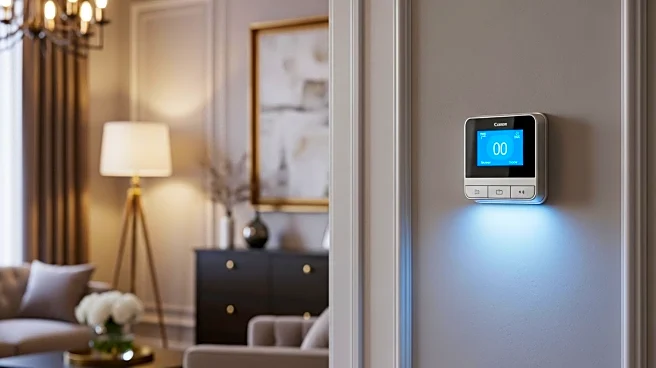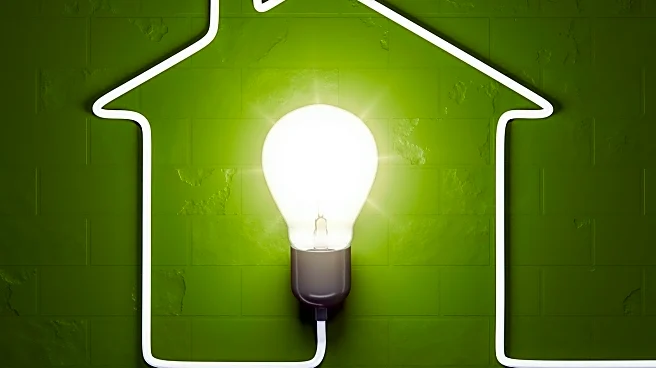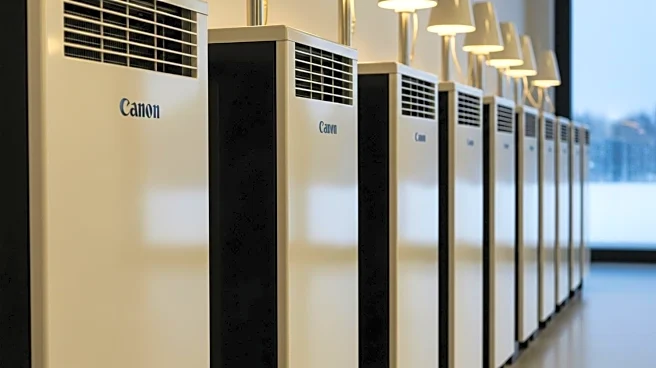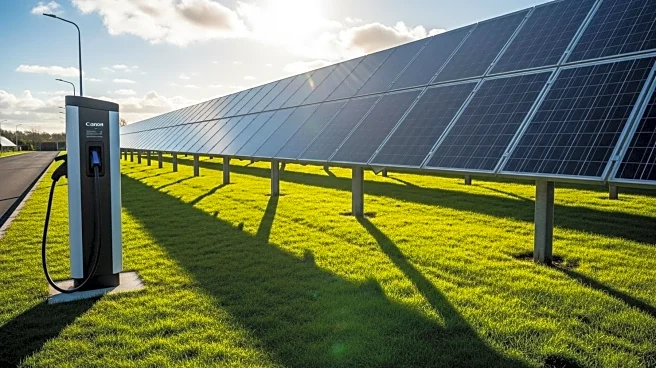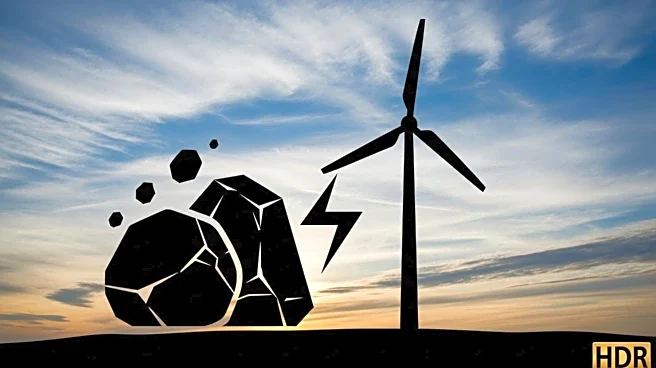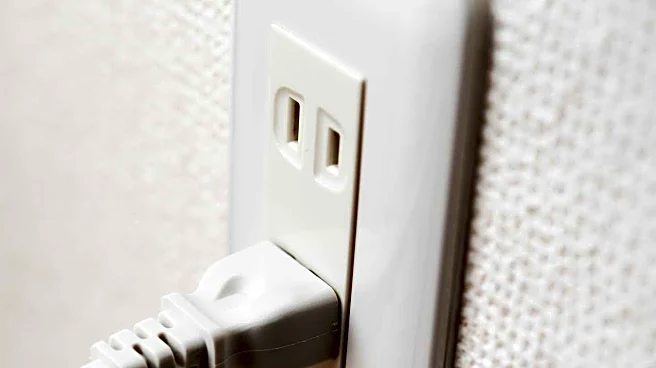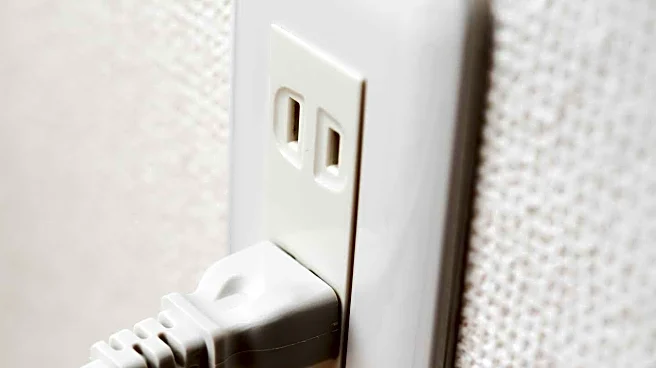What is the story about?
What's Happening?
As the heating season approaches, experts are advising homeowners on optimal thermostat settings to balance comfort and energy savings. Smart thermostats are highlighted as a key tool in achieving these goals. These devices allow users to remotely control their home’s temperature, potentially reducing energy bills. Energy Star models, in particular, offer feedback on settings and connect with local utilities to provide information on cost-saving opportunities and prevent brownouts. The Department of Energy suggests setting thermostats between 68 to 70 degrees when at home and lowering them by 7 to 10 degrees when asleep or away, which can save up to 10% annually on heating costs. However, for homes using heat pumps, maintaining a consistent temperature is recommended for efficiency.
Why It's Important?
The adoption of smart thermostats represents a significant shift towards more energy-efficient home management. By enabling remote access and integration with utility services, these devices help homeowners reduce their carbon footprint and manage energy costs more effectively. This is particularly important as energy prices fluctuate and environmental concerns grow. The ability to prevent brownouts by optimizing energy use also contributes to broader grid stability. Homeowners, especially those with vulnerable individuals such as infants or the elderly, can benefit from maintaining a comfortable and safe indoor environment while also achieving financial savings.
What's Next?
As smart home technology continues to evolve, further integration with renewable energy sources and advanced data analytics could enhance the functionality of smart thermostats. Homeowners may see increased incentives from utility companies to adopt these technologies, potentially leading to wider adoption. Additionally, as awareness of energy efficiency grows, there may be more educational initiatives to inform the public about the benefits of smart thermostats and optimal energy use practices.
Beyond the Headlines
The rise of smart thermostats also raises questions about data privacy and security, as these devices collect and transmit data about household energy use. Ensuring that this data is protected and used responsibly will be crucial as more homes become connected. Furthermore, the shift towards smart home technology may widen the digital divide, as not all households have equal access to these innovations. Addressing these challenges will be important to ensure that the benefits of smart thermostats are accessible to all.
AI Generated Content
Do you find this article useful?
